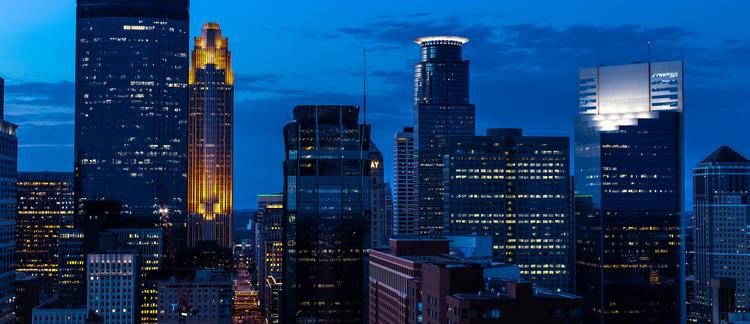Abstract
The Kentucky Eclipse Ballooning Project began in early 2015 when students and faculty from The University of Kentucky attended the NASA Marshall Space Flight Center BalloonSat Workshop in Huntsville, Alabama. The students accelerated their preparations after the Eclipse Ballooning Project Workshop hosted in Bozeman, Montana where they built and learned systems designed by Montana Space Grant. In 2016, the students began a sequence of 10 balloon launches in preparation for the total solar eclipse on August 21, 2017. In the early stages of this project, University of Kentucky students set the goal to capture footage of a separate high-altitude weather balloon in front of the solar eclipse, an image dubbed “The Kentucky Money Shot.” After establishing that goal, students began working on approaches and designs to capture this picture with one overarching theme: redundancy. Every aspect of the project from the number of balloons and imaging systems to tracking systems and launch procedures were designed with redundant aspects and through collaboration among the payload, ground station, launch, and mission control teams. The short time window of eclipse totality, 2 minutes 28 seconds, motivated design iterations throughout the progressive practice launches and ground tests including launching two balloons simultaneously, streaming and storing footage of the flight from multiple cameras, and using SPOT Trackers and Iridium systems as multiple tracking approaches. All of these practices and tests led to flying the final redundant designs on August 21st, 2017 to successfully capture “The Kentucky Money Shot”.
How to Cite:
Smith, V., Heelan, P., Essex, E. & Smith, S. W., (2017) “Incorporating Redundant Systems to Capture the Kentucky Money Shot”, Academic High Altitude Conference 2017(1). doi: https://doi.org/10.31274/ahac.3456
Downloads:
Download Paper (PDF)
View PDF

